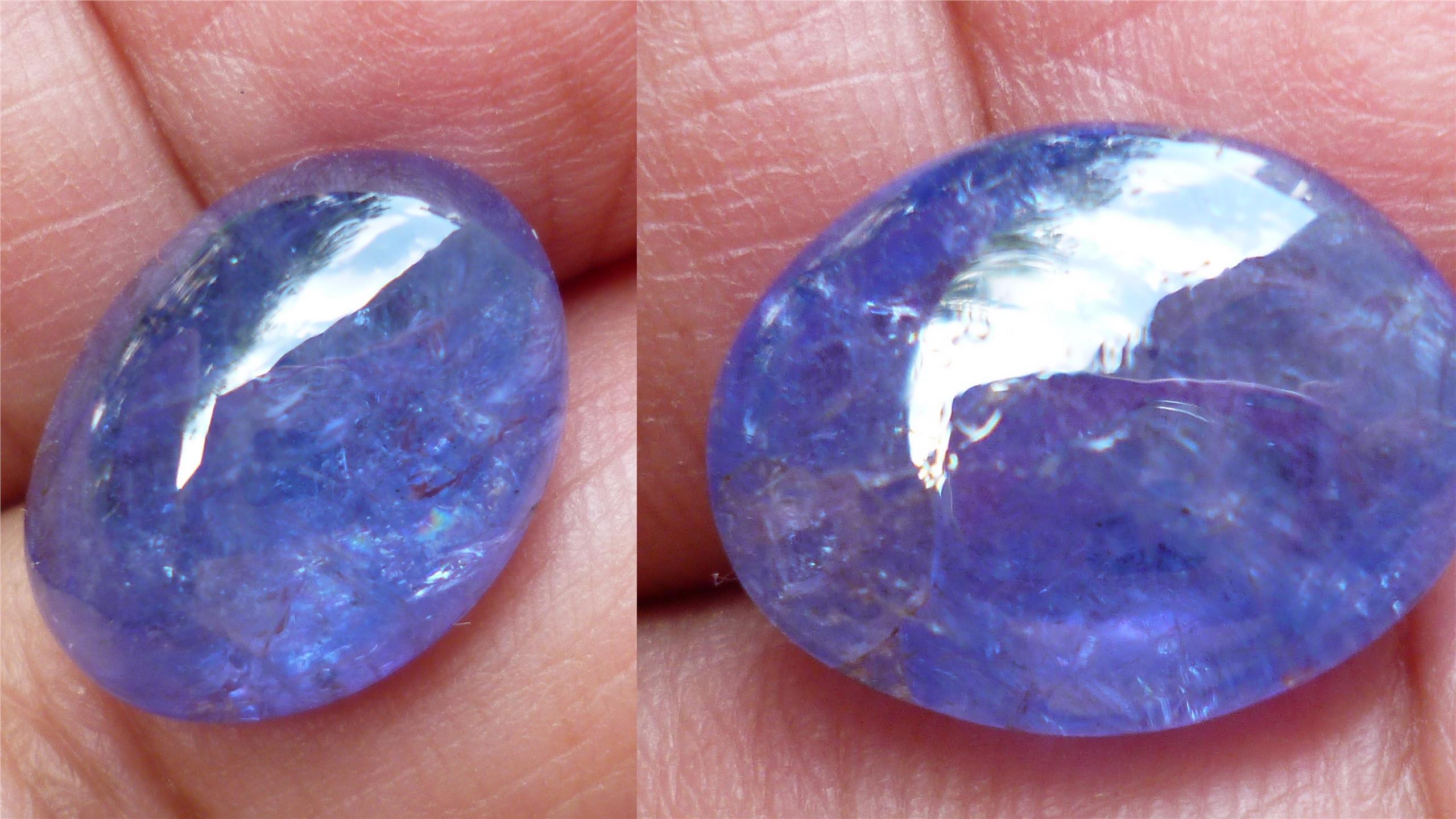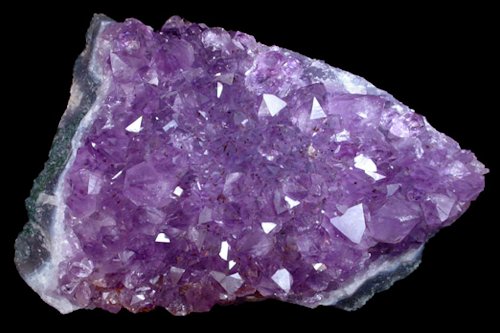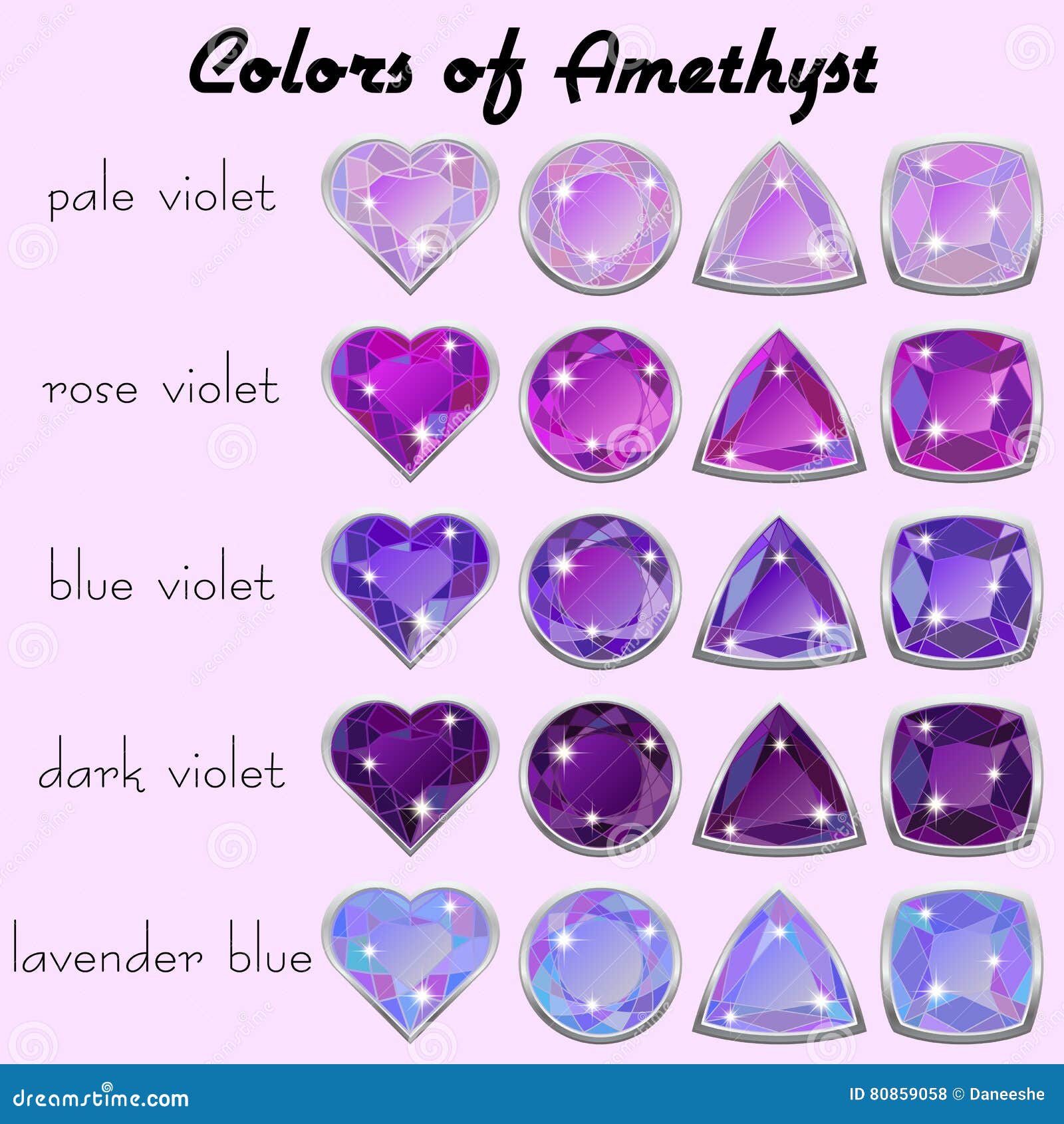

If you have the right equipment, you could see that the colorless or pale bits of the crystal don't have much iron in, while the iron content increases as you get to the darker portions. We're pretty sure that's due to the iron mix in the water changing as the crystal slowly grows. If you look closely at amethyst crystals, you'll probably see that the tips are generally darker than the bases. Chances are they got drunk regardless, but at least they did so in style. So, they named it amethystos, the Koine Greek word for "not intoxicated." People would wear jewelry made from it, or drink from glasses carved from it. Ancient Greeks thought it looked rather like wine, and from there flights of fancy took off and led them and the Romans to think that maybe the gem could be used to ward off drunkenness. That lovely purple, shading from the palest lilac to good deep violet and royal hues, is what gives amethyst its common name. Studies have shown that the levels of radiation within these rocks is generally not enough to cause humans any health concerns, but it's quite enough to cause the Fe³+ atoms to lose an electron and create that dazzling purple.

Igneous rocks like basalt have trace amounts of radioactive minerals like radium 226, thorium 232, potassium 40, and uranium 238. Just the natural bits will do, which is why amethyst is so much more abundant in igneous than sedimentary rocks. But don't worry – it doesn't take Hulk-sized doses of gamma rays to form our gorgeous purple gems. It might have just as much iron as amethyst does, but without some nice radiation, it won't show off its amethystine potential. See, you can have clear quartz that has iron substituting for some of the silica in its crystal lattice. Instead of the big green guy, they could've gone with purple and it would've been science. Same radiation that creates your basic Incredible Hulks. You need just these basic ingredients for amethyst to form: pockets or cavities suitable for deposition, silica-enriched water around 50-250☌, a skosh of ferric iron (Fe³+), and gamma radiation. It's found most places where quartz ends up: in both extrusive and intrusive igneous rocks, in metamorphosed rocks (especially in alpine-type fissures), hydrothermal veins, rocks deposited by hot springs, and even some sedimentary rocks. Good news for those who want a bit of their birthstone for their own selves, isn't it?Įven without those sources, amethyst is fairly easy to track down, even if gem-quality specimens are less abundant. Once those mines started producing, amethyst became available in copious quantities, and now you can buy some really nice specimens for the price of a gourmet coffee or few. It remained an expensive stone, reserved only for the fortunate, right up until ginormous deposits were found in South America in the 1800s. It even ended up in many a country's crown jewels.

Rhea the Titan gave it to Dionysus, god of wine, to preserve his sanity from the vine. So, it may shock you just a little bit to learn that gem-quality amethyst used to be considered just as valuable as rubies, celebrated in myth and legend.

So, everyone knows amethyst is a purple variety of quartz, yeah? And we're used to it being abundant and fairly inexpensive, aside from those jaw-dropping giant geodes and some really fabulous art. Believe me when I say we'll get there soon, though! So in today's post, we're actually not going to talk much about geodes at all. However, along the way, I got diverted by some very interesting facets of amethysts, including some pretty neato human history. So I decided to go big and explore the origins of those enormous amethyst geodes suitable for making into bathtubs. I must start our foray into this month's birthstone with a confession: I didn't think amethyst would be exciting. "The stone is an amethyst but I, the tipler Dionysus, say, 'Let it either persuade me to be sober, or let it learn to get drunk.'"


 0 kommentar(er)
0 kommentar(er)
